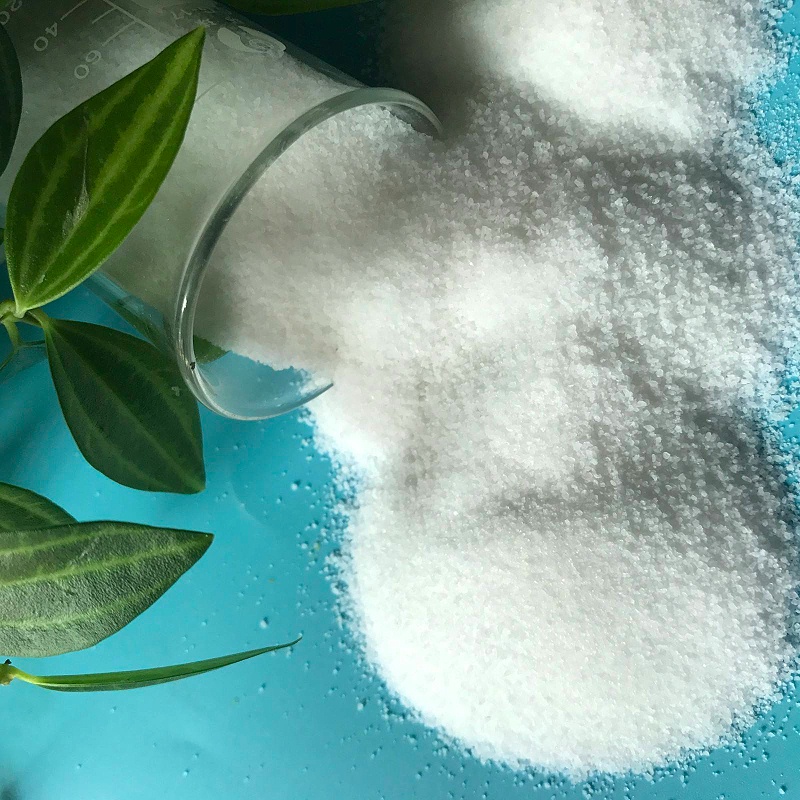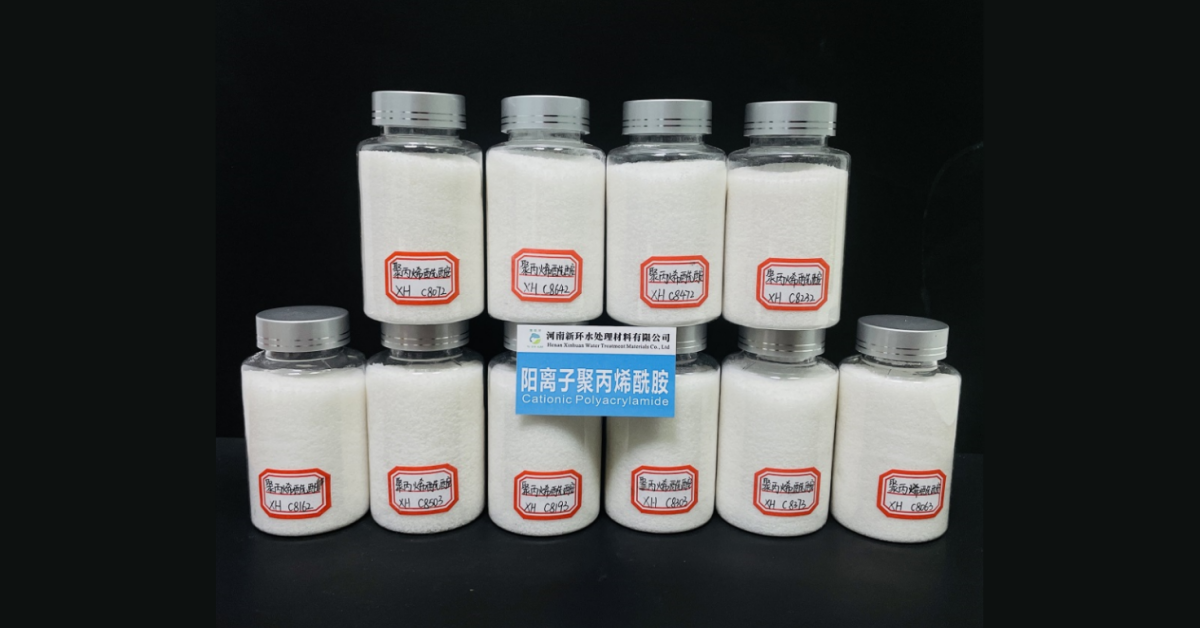Whether as a supplier or purchaser, cationic polyacrylamide (CPAM) is undoubtedly an important option when entering the water treatment industry for water purification materials. Understanding its key parameter – ionicity – is crucial for this material. The ionicity range of cationic polyacrylamide is usually between 12% and 60%, and the molecular weight can reach several million to tens of millions. So, what is the difference between these two types of cationic polyacrylamide with different indices?

Conceptual analysis of molecular weight and ionicity
[Ionic degree]
- Definition: Ionic density, essentially refers to the charge density, which directly determines the price of the product and the density of the flocs.
- Function: The higher the ionization degree, the larger and denser the flocs formed by impurities in the sewage. However, the selection of the most suitable ion density product still needs to be determined through selection tests (including small-scale and pilot scale experiments).
- Influencing factors: The ionicity of cations mainly depends on the number of positively charged ions contained in PAM, and it is also affected by the performance of the desliming equipment.
[Molecular weight]
- Definition: Molecular weight, which is the length of the molecular chain, is an important indicator for measuring the performance of PAM.
- Function: The size of molecular weight is not an absolute distinction between good and bad, but needs to be comprehensively considered based on the properties of dewatering equipment and sludge. For example, for a belt filter press, a high molecular weight may cause the filter cloth to clog, affecting the dewatering effect; For centrifuges, a relatively high molecular weight is required to ensure that the flocs can withstand shear.
- Selection principle: When choosing PAM, it is necessary to combine specific application scenarios and device types, and find the most suitable molecular weight through experiments.
Application characteristics of cationic polyacrylamide
- Main target: cationic polyacrylamide is mainly targeted at urban sewage and sewage with negative charges.
- Mechanism of action: When cationic polyacrylamide is incorporated into water at a ratio of one thousandth, it can quickly encapsulate impurities in sewage, bridging precipitation and achieving sewage desliming.
- Application areas: It has a wide range of applications, but the key lies in the properties of the equipment and sludge. Through reasonable selection experiments, the most suitable PAM product and its ratio and dosage can be found.
Conclusion
In summary, the ionicity and molecular weight of cationic polyacrylamide are key factors affecting its performance. When choosing, it is necessary to comprehensively consider the specific application scenarios, equipment, and sludge properties, and find the most economical and effective product solution through experiments. Suppliers such as Yuxinhuan manufacturers should also fully consider customer needs and actual situations when providing products, and provide professional selection suggestions and technical support.


